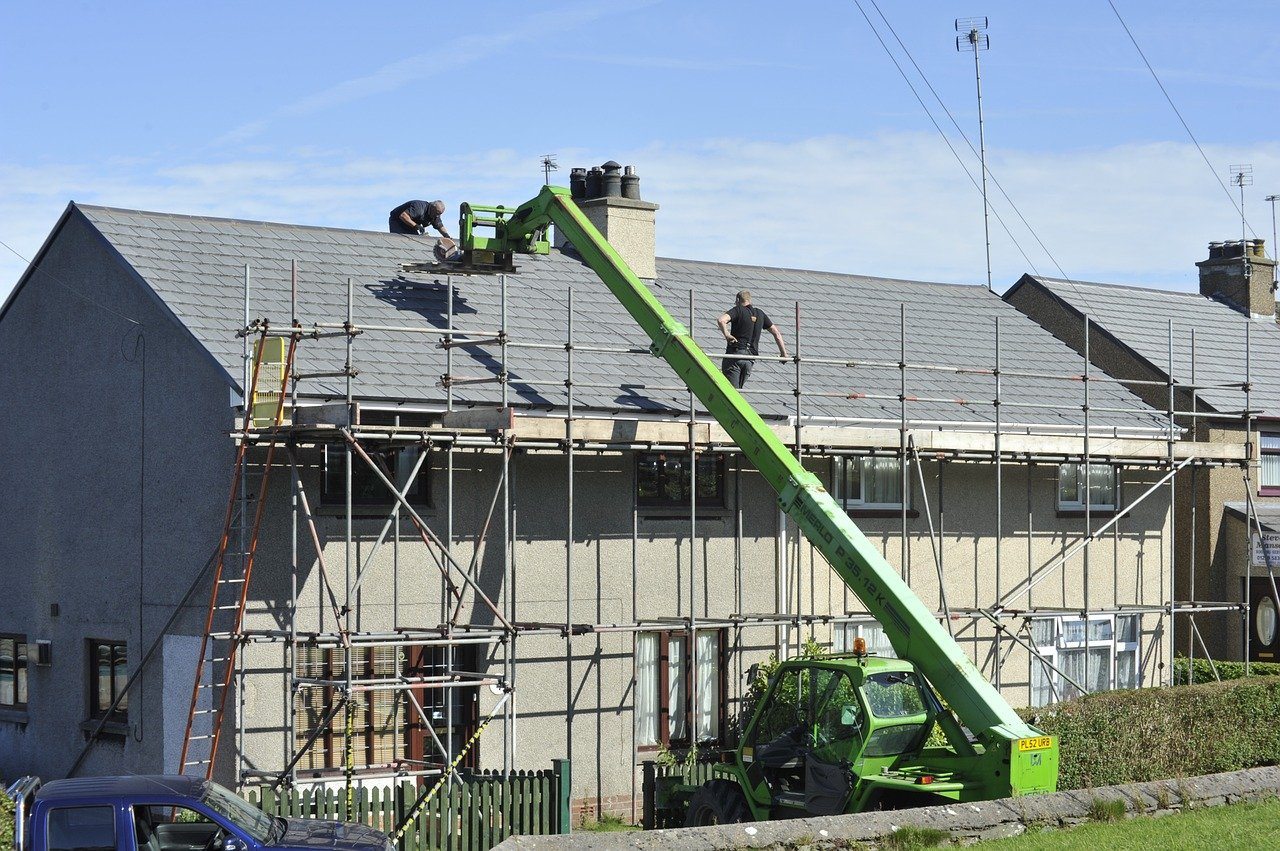Roof construction and renovation is complicated work, and even trained roofers learn most about roofing through experience. For a homeowner, the difficult decisions must be taken even before the work can begin. We have a few pointers from experienced roofers below, which should help homeowners make the best decisions.
Note the Difference between Renovation and Repair in Roofing
Renovation and repair are two terms that are often used interchangeably, but there is a notable difference between the two in roofing. Renovation usually involves complete or partial roof replacement, while repairs are done on the existing roof. Sometimes, a roof is too damaged for repairs to be useful, and it must be replaced because compromised roof integrity can pose a risk to everyone living inside the house.
Fortunately, local or minor damages can be repaired rather easily, without having to replace the entire roof. Only professional roofers can tell you for sure whether repairs will be enough, or you will need to accommodate a roof replacement budget. Be vigilant about roof maintenance from early on, and you should be able to avoid expensive roof replacements for a long time to come.
Choose Low-Maintenance, Climate-Resistant Materials for a New Roof
When repairs are not an option and roof replacement is the only safe course to take, always go with low-maintenance, climate-resistant roofing materials for your new roof. Low maintenance roofs last a lot longer because they are not as prone to damage as the average roof. However, when chosen with the local climatic conditions in mind, it will last significantly longer.
Doing so is not as simple as it sounds of course, given that there are several, very specific compatibility factors to consider which are related to the local climate, the building’s core engineering, and its present condition. Make it easier by going through the linked post on how to choose low maintenance roofing materials with high resistance to various climatic conditions.
Prevent Damaging the Roof by Mistake
There are two common mistakes which homeowners are known to make unwittingly, damaging their roof in the process.
Mismatched Shingles – Mismatched shingles will lower the entire property’s visual appeal and consequently, resale value. More importantly, the gaps in between those mismatched pieces will allow for water accumulation which, in time, will lead to water damage.
Overloading the Roof – Multiple layers of shingles can make your roof stronger and more durable. Put on too many layers though, and you will end up overloading the roof, damaging its integrity and risking a collapse. It is a common issue with DIY roofing jobs.
As a last tip, it is suggested not to ignore the importance of maintaining adequate ventilation inside the attic. If you notice shingles getting distorted too often, check the attic for poor ventilation. Frequent instances of curling shingles indicate excess heat accumulation within the roof, so airflow in the attic must be improved to address the core problem. Any existing distorted or curled shingles should ideally be replaced during regular maintenance visits by professional roofers.


